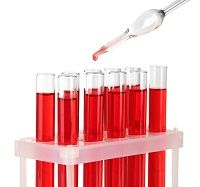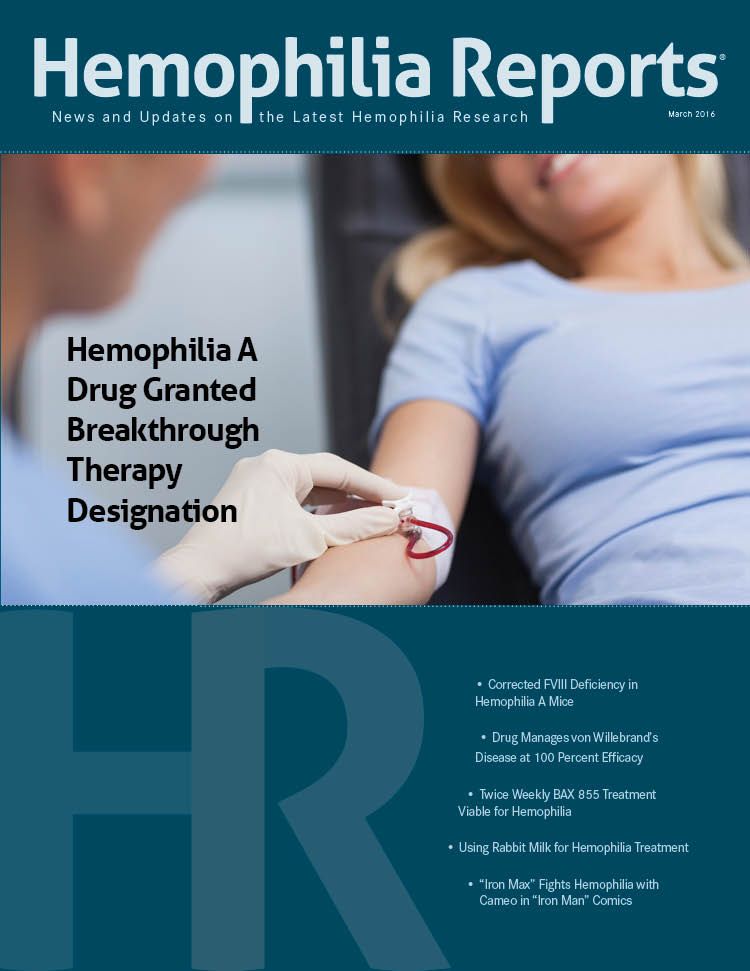Publication
Article
Hemophilia Reports
Using Rabbit Milk for Hemophilia Treatment
Author(s):
Researchers from the LFB USA Inc. in Framingham, Mass. engineered rabbits and raised them in order to produce milk with the blood clotting factor VII (FVII) agent for use in human patients with hemophilia.

Milk from rabbits may be used to find a cure for hemophilia, according to a report published in the Telegram of Worcester, MA.
Researchers from the LFB USA Inc. in Framingham, Mass. engineered rabbits and raised them in order to produce milk with the blood clotting factor VII (FVII) agent for use in human patients with hemophilia. Their idea is that the rabbit produced milk could compete with hemophilia treatments made the “old fashioned way,” from human blood. The tests using rabbit produced FVII were in progress at press time in human patients in France.
“We’re getting ourselves positioned for launch and commercialization operations,” veterinarian and LFB USA president William G. Gavin told the Telegram. “This is the time to get this facility up and running.”
Previously, the researchers developed 1,000 genetically engineered goats, which were capable of producing the human breakup clot protein called antithrombin III in their milk. That protein is sold as ATryn by LFB subsidiary rEVO Biologics. It is designed to prevent clotting problems in patients who lack antithrombin either before surgery or childbirth. rEVO wants to expand the use of the goat protein by eventually testing it as a treatment for preeclampsia.
The developers wanted to create an animal produced FVII, but knew the goats would not be appropriate.
“The rabbit milk did the best job of the carbohydrate pattern and the decoration on that molecule,” Gavin said.
About 410 New Zealand white rabbits reside in the 12,000 square foot facility and are tended to by between eight and 10 researchers. The company hopes to reach 1,000 rabbits on site by 2017. The Telegram article added that female rabbits are ready for reproduction and milk production at about five to six months old, and have litters as big as 10 kits. The female mothers produce milk for about three weeks after giving birth. One estimate said the average output of a rabbit it about 200 milliliters per day.
The rabbits are kept indoors, but are visible to the workers through windows. While the goats are kept together and reside in barns and are milked like any regular cow dairy, the rabbits are taken to hammock like structures and hooked up to tubes. The milking takes about six minutes and then the rabbits are permitted to go back into their cages which contain perches for climbing and balls to occupy themselves.
“We don’t support the use of transgenic animals, especially in that field, because there are other alternatives those companies could use” for production, Pascaline Clerk, senior director of policy and advocacy for the US Humane Society’s animal research issues department, told the Telegram.
However, LFB is not the only company testing animal milk for hemophilia cures. The Dutch company Pharming NV uses rabbits to produce a treatment for hereditary angioedema.
The LFB researchers added that notable developments in hemophilia treatments, including ACE910, are important to FVII production for patients.






